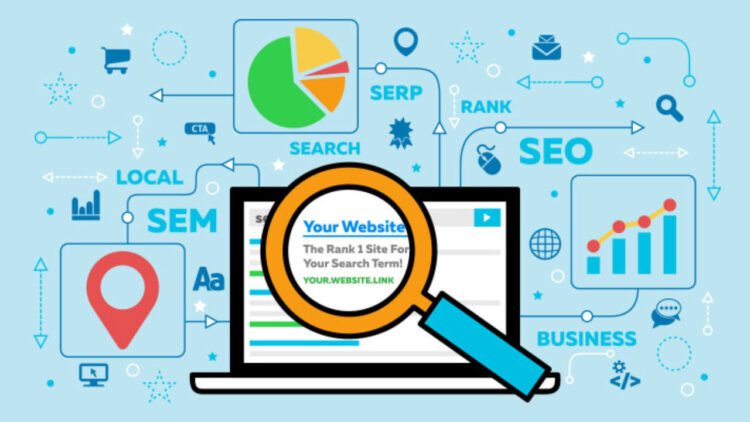At one point or another, you’ve probably noticed a new international product or brand enter your life. Whether it’s a certain type of Swiss chocolate or a Chinese cell phone model, these things seem to pop up out of nowhere, and all of a sudden you can’t imagine life without them. Things like this don’t simply appear overnight – it takes a lot of planning and coordination to get those much-loved products into your hands. Growing your business internationally is about time and effort, but with the right know-how and strategy you can get that same loyalty for your brand. From market research to international SEO there are a lot of factors to consider, so we’ve put together five tips to get you started.
Page Contents
Make a plan
The first essential thing you need to do is make a plan. It’s all well and good to say you want your brand to go global, but you need to have a roadmap to get there and for that you can check transperfect.com. Take the time to evaluate your needs, set reasonable goals and create strategies that will work for you – it’s good to get inspiration from other companies, but make sure your plans are tailored to suit you.
Your first steps might be drawing up a list of the markets you’re interested in entering, coming up with a timeline and deciding how you’re going to measure success. Defining goals, setting a budget and committing to dates will help you stay accountable and keep your team on track. You should also think about the business model and structure. For example, will your new ventures fall under the same umbrella, or will you need to set up separate branches? Don’t forget to keep staff and shareholders in the loop – they’ve a vested interest in your success, so be sure to include them in your plans and keep them informed.
Research the market
To confirm there’s enough demand for your services, it’s a good idea to research your target markets. If there are a lot of competitors in that area for instance, you might consider moving into a different space with greater demand. Evaluating the size of the market and how long it will take to hit your goals is vital to make sure you’re ready to expand in that region.
Check if there are any gaps in the market – even if you have a few competitors, they might not be able to add the speed, affordability or value that your brand can. If you can tap into this need, you’ll have something unique to offer your international customers, so make yourself aware of any gaps and how you can fill them.
To help pull this information together, perform a SWOT analysis to identify how you measure against competitors and what you can do to mitigate any risks and ensure success.
Optimize your website

Source: zilliondesigns.com
If you’re going to target international customers, your website needs to be built with them in mind. This means translating every piece of text, audio and video on your pages and making sure the user can access all the information they need.
Beyond simple translation, you’ll need to fully localize your website. This will involve testing your pages and making sure they are accessible on different devices, platforms and browsers in your target market. The journey doesn’t end when your website goes live, either – you’ll have to ensure any updates are adjusted for each market/country.
Don’t forget about international SEO. It’s easy to overlook this element of optimization, but it’ll prove costly if you do. You’ll find that your keywords may have to change depending on the markets you’re targeting, so factor in this research when planning your expansion. Bear in mind that URLs and links also need to be changed if you want to rank in Google.
Recruit employees from around the world
Your staff are the backbone of your company. They are the ones who keep things ticking over day in day out. When you’re off making the big decisions, they’re there taking care of the small things – and that’s what matters most, after all.
When you’re recruiting employees around the world, you should check that compensation is in line with their market standards. Workers have a right to expect fair pay for their efforts, but what’s fair in one country may not be fair in another. If you want to attract the best local talent, you should also consider what benefit packages are valued in each part of the world.
Be sure to review all of your policies and procedures – checking that they comply with local regulations. You may have to adjust and tweak your guidelines to accommodate this, and you’ll also have to expand your payroll and HR policies.
Understand cultures

Source: medium.com
If you want to be successful in other countries, you have to do your homework. What works in one part of the world could be completely ineffective in another, and that’s because we all have different values and lifestyles depending on where we live.
Get to know the culture and customs in your target areas – find out about their traditions, values and routines. Build relationships with partners: find out how they work and what’s important to them. Gather as much information as you can to build the most accurate buyer persona possible – not only will this improve your reputation, it will also build trust and loyalty for new and existing customers.
If you can experience these countries for yourself, it will really help you to understand their culture and how you can shape your marketing and branding to appeal to the consumers.
Growing your business internationally isn’t something that can be done overnight. But if you take the time to put a plan together, do your research and optimize your strategy, you’ll be in a strong position to expand successfully.





